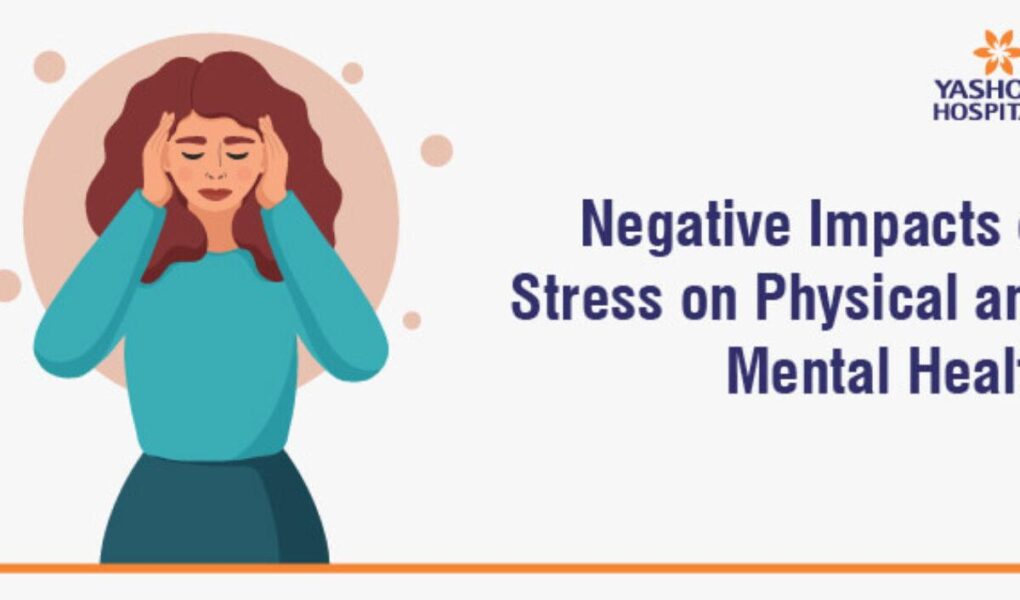As the debate surrounding marijuana legalization continues to evolve, a growing body of research brings to light a lesser-discussed aspect of this complex plant: its potential negative physical effects. While many celebrate marijuana for its therapeutic properties and cultural significance, it is crucial to examine the dual nature of this substance. Like any powerful agent, marijuana can produce unintended consequences that may affect the body in ways that users often overlook. In this article, we delve into the darker side of cannabis consumption, exploring the various physical impacts it can have on users, as well as the implications for those who partake. By approaching the topic with a balanced perspective, we aim to shed light on the full spectrum of marijuana’s effects, fostering a more informed conversation about its place in modern society.
Table of Contents
- Understanding Respiratory Complications Associated with Marijuana Use
- Investigating Cognitive Impairments and Their Long-Term Consequences
- Exploring the Link Between Marijuana and Mental Health Disorders
- Navigating Physical Health Risks: Recommendations for Safer Consumption Practices
- Q&A
- Wrapping Up
Understanding Respiratory Complications Associated with Marijuana Use
Marijuana, often lauded for its therapeutic benefits, can have profound effects on respiratory health, particularly for those who choose to smoke it. When inhaled, marijuana smoke emits a combination of harmful chemicals similar to those found in tobacco smoke, leading to increased risk of respiratory complications. Common respiratory issues associated with marijuana use include:
- Chronic bronchitis
- Coughing and wheezing
- Shortness of breath
- Exacerbation of asthma symptoms
Research suggests that habitual users may experience lung function impairment over time, compared to non-users, primarily due to the tar and carcinogenic compounds present in marijuana smoke.
Interestingly, the method of consumption plays a crucial role in respiratory health. Users who opt for edibles or vaporization may mitigate some of the negative impacts associated with smoking. In addition, various studies have indicated a potential link between marijuana use and the development of conditions such as pneumonia and lung infections, particularly in immunocompromised individuals. The table below summarizes the various factors that can influence respiratory health in marijuana users:
| Consumption Method | Respiratory Impact |
|---|---|
| Smoking | Increased risk of bronchitis and lung infections |
| Vaporization | Reduced exposure to harmful toxins |
| Edibles | No direct impact on respiratory health |
Investigating Cognitive Impairments and Their Long-Term Consequences
The use of marijuana has been linked to various cognitive impairments that can manifest over time, especially in individuals who begin using it during their adolescence. Research has shown that the psychoactive component of marijuana, Δ9-tetrahydrocannabinol (THC), can alter brain development and connectivity. Long-term users may face challenges such as:
- Reduced attention span
- Impaired memory processing
- Diminished problem-solving abilities
These impairments can have lasting effects, influencing academic performance and occupational functioning. Furthermore, studies suggest that prolonged exposure to marijuana can lead to a decreased capacity to learn new information and effectively integrate experiences. Notably, the following consequences have been documented in various studies:
| Cognitive Domain | Effect of Marijuana Use |
|---|---|
| Attention | Increased distractibility |
| Memory | Decreased recall ability |
| Learning | Slower information processing speed |
Exploring the Link Between Marijuana and Mental Health Disorders
The relationship between marijuana and mental health disorders is an intricate web that warrants careful exploration. Research has indicated that while some individuals use marijuana to alleviate feelings of anxiety and depression, it can also exacerbate underlying mental health conditions. This duality raises questions about its long-term impact on mental well-being. Here are some potential negative effects of marijuana on mental health:
- Increased Anxiety: For some users, marijuana can trigger or intensify feelings of anxiety and paranoia.
- Risk of Psychosis: Heavy use, particularly in individuals with a predisposition to mental illnesses, may elevate the risk of developing psychotic disorders.
- Dependency Issues: Regular use can lead to dependency, where users may feel the need to consume marijuana to cope with daily life.
A significant aspect of this discussion is the age factor; research suggests that younger individuals may be more susceptible to these adverse effects, particularly when cannabis consumption occurs during critical periods of brain development. The following table summarizes some key points related to age and marijuana use:
| Age Group | Risk Levels |
|---|---|
| Under 18 | High susceptibility to negative mental health outcomes. |
| 18-25 | Moderate risk of exacerbating pre-existing conditions. |
| 25+ | Lower risk, depending on individual mental health history. |
Navigating Physical Health Risks: Recommendations for Safer Consumption Practices
When considering the consumption of marijuana, it is essential to adopt practices that minimize potential health risks. Individuals can take proactive steps to ensure safer experiences by following a few key recommendations. First and foremost, using regulated products from licensed dispensaries can significantly reduce the likelihood of encountering harmful additives or contaminants. Additionally, it is wise to limit dosage and pay attention to personal tolerance levels. Beginners are encouraged to start with low-THC varieties and gradually increase dosage as they gain experience. This cautious approach allows for better assessment of how their body reacts to different strains and potencies.
Another effective strategy involves staying hydrated and maintaining a balanced diet while consuming marijuana, as these practices can combat some of the negative physical effects. Users should also be mindful of their surroundings and consider consuming cannabis in a safe, comfortable environment, which can help mitigate anxiety or paranoia that sometimes accompany its use. It’s also important to be aware of the potential interactions with other substances, including prescription medications, by consulting with a healthcare professional. Understanding these aspects can empower users to make informed choices, ultimately leading to a healthier consumption experience.
Q&A
Q&A: Exploring the Negative Physical Effects of Marijuana
Q1: What are some common physical effects of marijuana use?
A1: While many users enjoy the pleasant sensations associated with marijuana, there are several physical effects that can be less favorable. These may include increased heart rate, dry mouth, red eyes, impaired coordination, and heightened appetite. Users might also experience issues like dizziness or nausea, especially when consuming high doses or potent strains.
Q2: Are there any long-term physical effects of marijuana on the body?
A2: Yes, prolonged use of marijuana can lead to a variety of long-term physical effects. Research indicates that regular marijuana smokers may experience respiratory issues similar to those associated with tobacco use, including chronic bronchitis and persistent cough. Additionally, long-term consumption can impact cardiovascular health, potentially leading to conditions such as high blood pressure or an increased risk of heart disease.
Q3: How does marijuana affect the respiratory system?
A3: Inhalation of marijuana smoke can irritate the lungs and airways much like tobacco smoke. This can lead to inflammation and increased mucus production, resulting in coughing, wheezing, or shortness of breath. Over time, habitual smoking can contribute to chronic respiratory conditions. Users often find that using vaporizers or edibles may mitigate some of these effects, as they reduce or eliminate exposure to harmful byproducts of combustion.
Q4: Can marijuana use lead to addiction, and what are the physical consequences?
A4: Indeed, marijuana can lead to dependency in some users, particularly when consumed frequently in large amounts. Withdrawal symptoms may include irritability, sleep disturbances, decreased appetite, and physical discomfort. Although it is generally regarded as less addictive than some other substances, the potential for developing a problematic relationship with marijuana is important to recognize, as it can affect daily functioning and overall well-being.
Q5: Are there specific populations that may experience more negative effects from marijuana?
A5: Certain populations, including adolescents, pregnant women, and individuals with pre-existing health conditions, may be more susceptible to negative physical effects of marijuana. For instance, cannabis use during pregnancy can impact fetal development, potentially leading to low birth weight or developmental challenges. Adolescents are particularly vulnerable due to their still-developing brains, which may result in cognitive impairment and increased risk of mental health issues.
Q6: What measures can individuals take to mitigate the negative physical effects of marijuana?
A6: To reduce the risk of adverse effects, individuals can start with lower doses and gradually increase as needed. Opting for methods other than smoking, such as vaping or consuming edibles, can lessen respiratory issues. Staying hydrated, taking breaks between uses, and being mindful of the strain’s THC content can also contribute to a more balanced experience. Education about one’s own health concerns and consulting with a healthcare provider can further empower users to make safer choices.
Q7: how important is it to understand the negative effects of marijuana?
A7: Understanding the negative physical effects of marijuana is crucial for informed decision-making. While many use cannabis for its beneficial properties, awareness of the potential drawbacks can help users prioritize their health. Ultimately, striking a balance between enjoyment and awareness ensuring that marijuana complements rather than compromises overall well-being is key for responsible use.
Wrapping Up
while the dialogue surrounding marijuana continues to evolve, it is essential not to overlook the potential negative physical effects that come with its use. From respiratory issues to cardiovascular concerns, understanding the full spectrum of its impact is crucial for anyone considering its use, whether for recreational or medicinal purposes. As research advances and our knowledge deepens, it’s vital to approach marijuana with a balanced perspective, weighing both its benefits and drawbacks. In navigating this complex landscape, informed choices are paramount—because awareness is the first step towards responsible consumption. As we continue to explore the intersection of health and wellness, let us remain curious, cautious, and committed to a well-rounded understanding of this multifaceted plant.



